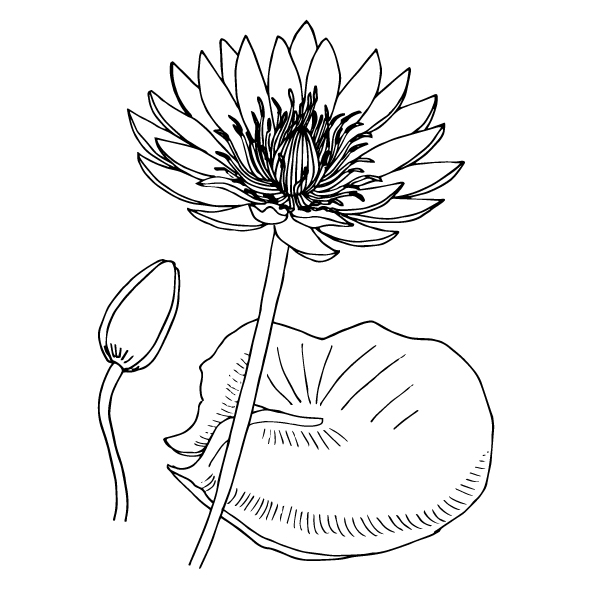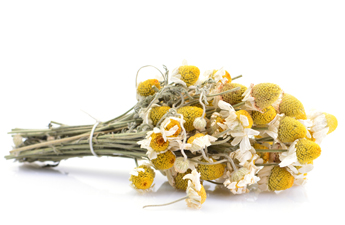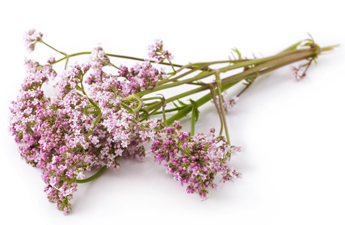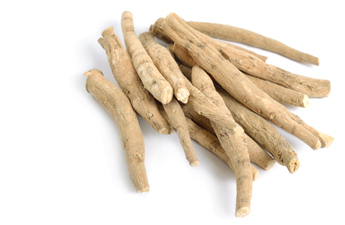Botanical name: Nymphaea caerulea
Other names: Blue Lotus
Blue Lily, an emblem of enduring beauty and spiritual significance, has been cultivated and esteemed since the dawn of ancient Egyptian civilization. Often referred to as the Blue Lotus or the Sacred Lily of the Nile, it symbolises the eternal cycle of life’s renewal.
History & Culture
In the fertile lowlands of the Nile delta, Blue Lily thrived in natural ponds, captivating the hearts and minds of the ancient Egyptians. Revered for their divine fragrance, ethereal beauty, and symbolic resonance—emerging resplendent from muddy waters—these flowers were not merely botanical specimens but embodiments of spiritual truths. Adorning hair, garlands, and the tombs of pharaohs and kings, Blue Lily held a sacred place in Egyptian ritual and funerary practices (Robbins, 1998).
Artifacts
Evidence of the importance of Blue Lily can be seen in many examples of Egyptian art. The flowers were also found inside the coffin of king Tut-ankh-Amun, and have been found decorating numerous graves. In Egyptian art, Blue Lily is often depicted together with yellow mandrake fruits (Mandragora officinarum) and poppy flowers (Papaver somniferum), and it is believed that these images potentially represent an ‘iconographic recipe’ (Råtsch, 2005).
Evidience of Blue Lily’s significance resound in Egyptian art, where depictions of the flower adorn temple walls and funerary objects. Its presence within the tomb of Tutankhamun and its frequent appearance in grave decorations attest to its pivotal role in guiding souls to the afterlife. Blue Lily has been depicted alongside Mandrake fruits and Poppy flowers, possibly an ‘iconographic recipe’ (Rätsch, 2005). It has also been depicted alongside what appears to be Psilocybin mushrooms, indicating its ritual and hallucinogenic significance.
Ritual Use
In ancient Egypt, the Blue Lily was closely connected to concepts of afterlife and rebirth. The flower symbolises the enlightened and reawakened consciousness of the deceased, and was first mentioned in the Egyptian Book of the Dead:
“As if I’d slept a thousand years underwater I wake into a new season. I am the blue lotus rising. I am the cup of dreams and memory opening–I, the thousand-petaled flower. At dawn the sun rises naked and new as a babe; I open myself and am entered by light. This is the joy, the slow awakening into fire as one by one the petals open, as the fingers that held tight the secret unfurl. I let go of the past and release the fragrance of flowers.
I open and light descends, fills me and passes through, each thin blue petal reflected perfectly in clear water. I am that lotus filled with light reflected in the world. I float content within myself, one flower with a thousand petals, one life lived a thousand years without haste, one universe sparking a thousand stars, one god alive in a thousand people.”
It is thought that the ancient Egyptians used the Blue Lotus for its narcotic effects to produce a shamanic ecstasy among an elite priesthood (Emoboden, 1978). According to Kandeler and Ullrich, “Nymphaeas have long had a particular significance as psychedelic intoxicants for shamans because of their alkaloid and glycoside content.”
Science, Constituents & Effects
The Blue Lily plant contains a variety of bioactive compounds, including alkaloids, flavonoids, and terpenes, which contribute to its medicinal properties. In ancient Egypt, it was prescribed to treat the liver, to alleviate constipation, to counteract poisons and to regulate the urine. Traditional healers have utilised Blue Lily to reduce anxiety, promote relaxation, and relieve pain. Its analgesic and anti-inflammatory effects made it valuable in treating ailments ranging from headaches and menstrual cramps to rheumatic conditions and gastrointestinal discomfort.
Furthermore, Blue Lily’s potential as a cognitive enhancer and mood stabilizer has sparked interest in contemporary research. Studies suggest that compounds found in the flower may have neuroprotective properties and could hold promise in the treatment of neurological disorders such as Alzheimer’s disease and depression.
According to Bertol et al, “The isolation of the psychoactive apomorphine from Nymphaea species has offered chemical support to speculation that Nymphaea species may have been employed as hallucinogens in both the Old and the New World.”Apomorphine, a dopamine agonist, has been found to be effective for erectile dysfunction and is also used for Parkinson’s disease, Alzheimer’s, opiate and alcohol addiction.
Anecdotal reports of Blue Lily’s effects include relaxation, improved sleep, reduced anxiety, heighten sex drive, elevated mood, euphoria, mild intoxication and increased giggles. The flowers also produce an exquisite essential oil that is reported to have aphrodisiac properties. In a recent interview, Paul Stamets commented “It wakens up your receptors. It gives you this hyper state of consciousness. It’s not speedy. It’s kind of an alertness phenomenon.”
Preparation: Soak 10g in enough wine or vodka to easily cover the blue lotus flowers (as it will expand). Leave this to soak for up to 2 weeks ideally, however good effects can be achieved in less time (even 1 day). A tea can also be made by steeping 1-2 tsp per cup of boiled water, which has a pleasant relaxing effect. Blue lily can also be smoked on its own or in blends.
References:
- Robbins, L. W. (1998). The Encyclopedia of Witchcraft and Demonology. Crown Publishing Group.
- Rätsch, C. (2005). The Encyclopedia of Psychoactive Plants: Ethnopharmacology and Its Applications. Park Street Press.
- Emoboden, K. (1978). Nymphaea and Nelumbo in Roman times and earlier. University of California Press.
- Bertol, E. et al. (2022). “Psychoactive properties of Blue Lily (Nymphaea caerulea): A comprehensive review.” Journal of Ethnopharmacology, 295, 112822.
- Nymphaea cults in ancient Egypt and the New World: a lesson in empirical pharmacology link

Blue Lily Common Uses
Blue Lily Actions
Blue Lily Recipes
Blue Lily Precautions
Some reports of muscle tremors & nausea. Do not take with Benzodiazepine. or other sedative medications as blue lily may increase their effects. Lily may lower blood sugar levels in some people. Watch for signs of low blood sugar (hypoglycemia) and monitor your blood sugar carefully if you have diabetes. May interfere with blood sugar control during and after surgical procedures. Stop using lotus at least 2 weeks before a scheduled surgery.
Buy Blue Lily online from the Happy Herb Co
![]()
Australia’s biggest range
![]()
25 years of customer satisfaction
![]()
Fast International delivery
![]()
100% secure online ordering





 Nextwave
Nextwave

